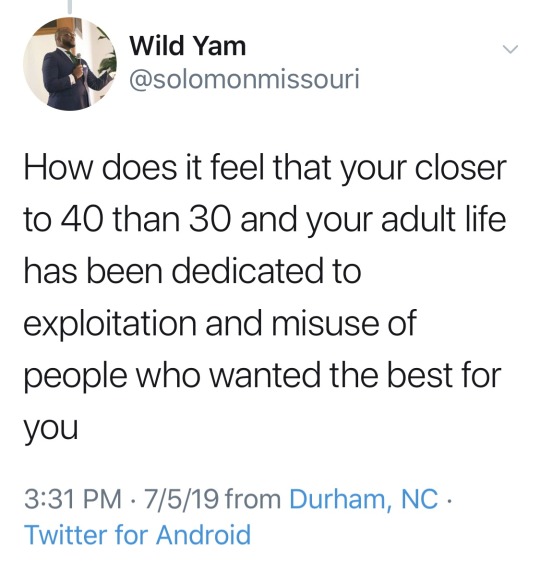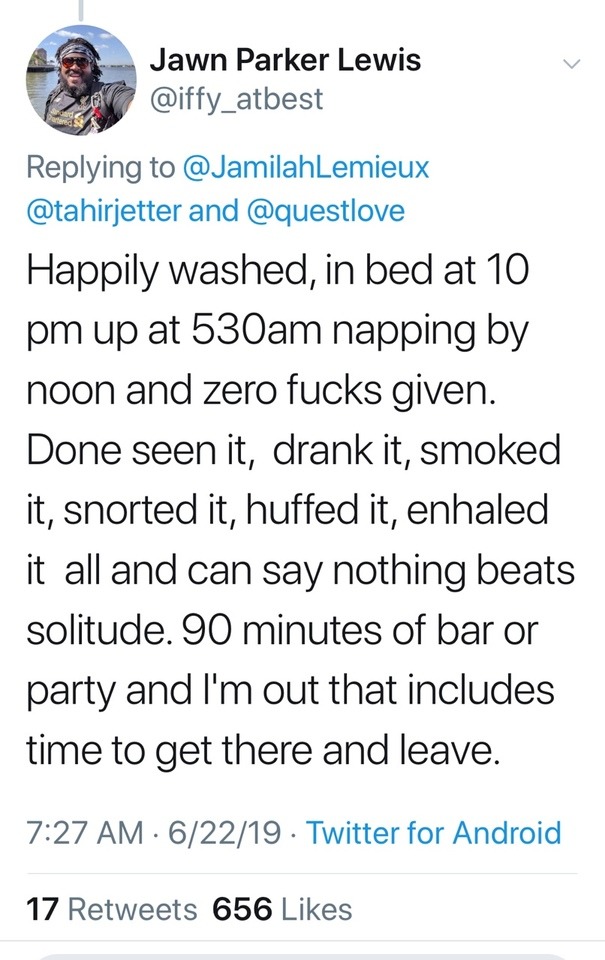Video
These Japanese fireworks are on another level. Via u/tiktokgood
106K notes
·
View notes
Text
“For each person there is a sentence—a series of words—which has the power to destroy them.”
— (via itssimplymeeeee)
77K notes
·
View notes
Text
Opposite Action
one of the ways DBT teaches us to deal with intense emotions is through opposite actions. this means engaging in activities that go against what your negative emotion makes you want to do. This can be done with a couple steps.
Be mindful of the emotion. Observe and describe what you experience and how it affects your body. It’s important to know this before you can address it.
Change your body language / posture. Remaining in the position your emotion wants to put you in will reinforce that emotion. Stand tall and confident, even when you aren’t.
Change your facial expression. Just like your posture, keeping a sour expression that goes along with your strong negative emotion will enforce that emotion. Create a calm, relaxed expression, or even smile.
Engage in behaviors opposite to the emotion. If your emotions are telling you to avoid, approach. If your emotions are telling you to attack, be kind. Some examples for specific emotions could be:
Fear - do what you’re afraid of doing, over and over. approach events, tasks, places, and people you are afraid of. practice skills that give you a sense of control (grounding, mastery, etc).
Guilt - approach and apologize. own up to your mistakes fully. do something nice for the person you’ve hurt (or someone else if you can’t do that). accept consequences gracefully. let things go.
Shame - similar to fear, just keep doing what you are ashamed of, over and over and over. approach and don’t avoid.
Sadness - be active. approach and don’t avoid. do things that make you feel competent and self-confident.
Anger - avoid rather than attack. don’t ruminate. do something kind. practice sympathy and compassion.
I would like to clarify though that sometimes, practicing opposite action is not the right thing to do. if your emotions match the context and feel appropriate, it’s not best to change them (example: if you’re afraid of getting hit by a car, don’t walk into traffic).
the point of opposite action is to make the emotion lessen–fake it ‘til you make it, basically. If you act as if you aren’t angry, the anger will eventually subside. if you act as if you aren’t afraid, the fear will eventually subside.
You have to practice opposite action over and over for it to be effective. you probably won’t notice a change right away, since this skill isn’t immediate (most therapeutic models aren’t), so don’t give up right away when it feels like nothing is happening.

213 notes
·
View notes
Text
Cause I do it for the thrill, for the rush
I do it for the pain, for your touch
When I OD, when it's too much
If I survive, baby you're the one
0 notes


















